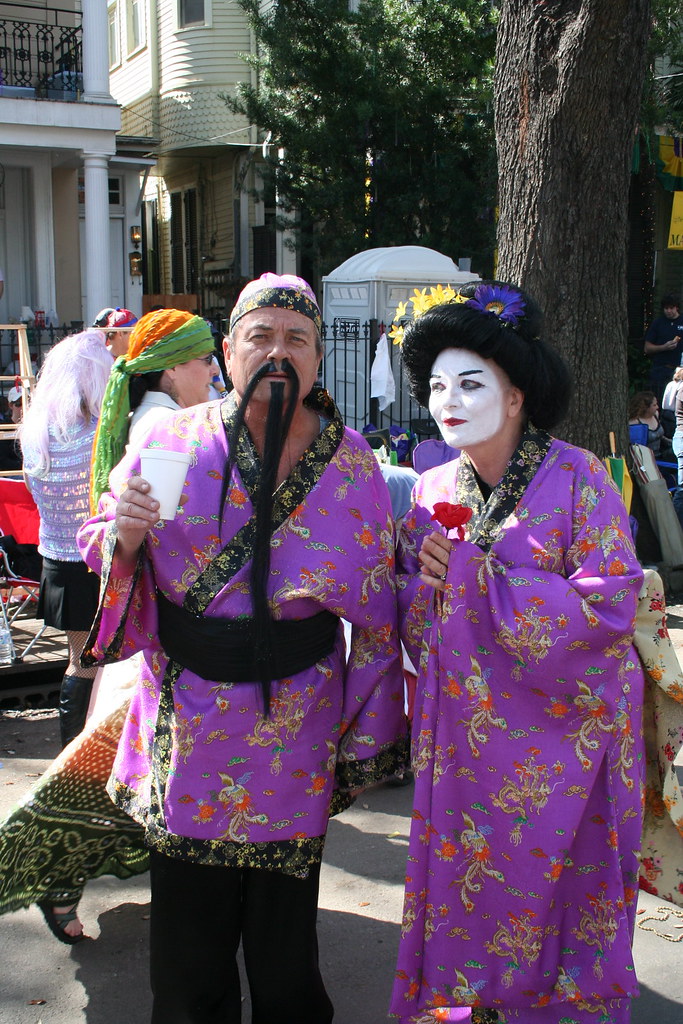18 Dic In the Philippines, bride customs are still present.
In the Philippines https://www.unicef.org/stories/what-you-need-know-about-female-genital-mutilation, bridal customs vary depending on the region, faith, and nationality. Some couples, for instance, make a unique sticky corn bread or perform standard religious ceremonies. Some couples host something akin to a rehearsal dinner for their visitors in a more contemporary setting.

Filipinos even have ceremony sponsors or “aunties and uncles,” although the majority of couples did possess a maid of honor. These special friends are known as the “ninang” or “ninong” for the wife, “ninong filipino cupid” for the bridegroom, and “ninong” for the bridegroom. They participate in ceremonia, including coin ceremonies, veil ceremonies, and wire ceremonies with candles.
In the Philippines, seeking parental approval is a big part of the bridal custom. In front of the rest of the wedding guests and occasionally even the priest, the ninang or ninong gently touching their parent’s hand to their own forehead, although this is n’t always done during the ceremony itself. They are acknowledging that they are giving their child to their spouse and show regard for their families.
The pamamanhikan is another significant marriage festival. This crucial stage of a married child’s relationship is significant because it embodies the man’s commitment to his coming sister’s relationship to her relatives. The girl’s family accepts his plan after that.
A well-known symbol in Philippine celebrations is the aras or arrhae. It is a wedding jewelry with thirteen coins, which represent the couple’s fine health, prosperity, and luck. It is frequently held by a sweet coin carrier. During the festival, the groom places the aras or arrhae on the bride’s palm.




No Comments